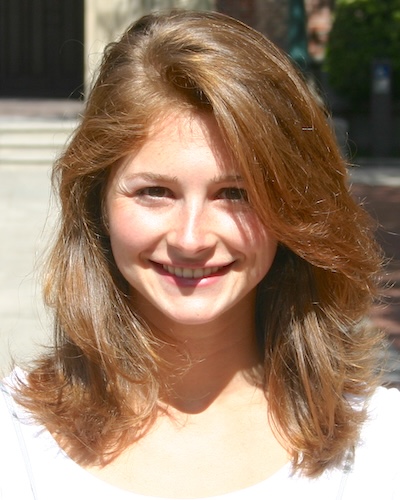Clinical Coursework

December 17, 2010
by Amanda
The path to becoming a clinician . . .
To continue delivering a picture of my experiences in studying occupational science and therapy at USC, I will introduce the clinical coursework. To pursue occupational therapy at some point we all decided that this was a career choice that fits our interests, academically and professionally. Before entering the program, I wondered, ‘how do you know what to do?’; when faced with a client with any number of strengths and limitations in occupational functioning, what is the first step? Furthermore, occupational therapists work with people on a whole continuum of diagnosis and conditions. How does occupational therapy school prepare the practitioner to work with both an individual referred for mental health services and an individual referred for a traumatic brain injury? As I previously explained in a blog post, the summer coursework lays the foundation for analyzing occupation. The first year is to start building your clinical skills. To be prepared to work in the physical disabilities, mental health, pediatrics, and geriatrics setting, there is clinical coursework for each practice area.
In my first year, the structure of the program was you had Fall and Spring courses in physical disabilities. The content covered in this course sequence is evaluation, goal-setting, and intervention planning in relation to various conditions that a practitioner would see in a hospital or clinic setting. Students learn how to identify occupational strengths and deficits as well as the evaluation of underlying skills, such as strength and range of motion. There is also lab based work weekly that involves exploring such varying topics as the uses of adaptive equipment as well as splinting. Also in lab, there is a functional kitchen, bedroom, and bathroom where you practice various techniques learned in therapy such as functional transfers and preparing for occupation-based interventions. You also have the opportunity for an off-campus visit to a national rehabilitation hospital to see occupational therapy in practice.
Mental health also followed Fall and Spring course sequences. Our first semester introduced us to many topics concerning the experience of occupation in relation to such concepts as interests, temporality, habits and the environment. We learned about occupational narrative and its therapeutic use as well as a series of evaluations that are valuable when assessing occupational function. What I loved about this course was its applicability to the other occupational therapy practice areas. For example, it really affirmed my belief that occupational therapists seek to influence not just the condition of having a physical disability but also the person that is experiencing it! The Spring course in mental health continued to explore occupation but to a greater extent its practice in mental health. You really gain an understanding of the efficacy of occupational therapy interventions for those experiencing occupational dysfunction.
Preparation for pediatric therapy comes in a two course sequence as well. In the Fall semester, we studied development. This course covered what you would guess: the development of the child in relation to occupational performance. A series of lectures ranging from reflexes to vestibular to visual development are presented in relation to a child’s age and condition. Students are also introduced to various assessments used in pediatrics. In the Spring, the student’s knowledge in pediatric practice is expanded through the exploration of the various practice areas, such as school-based versus early intervention clinics, and introductions to different intervention strategies, like sensory integration. Students have a few labs off-campus where we were able to observe therapists in the various pediatric settings.
A practice area where demand for occupational therapists is on the rise is in geriatrics. Our clinical coursework in aging involves the physical, cognitive, environmental, and emotional challenges that individuals and their families face during the aging process. I loved this course for our engaging discussions, such as occupational therapists role in hospice care, and for encouraging occupational therapists to be involved in the prevention of decline and maintenance of wellness, as seen in USC’s Well-Elderly Study. As I am interested in occupational therapy practice in geriatrics and always felt very empowered that as an occupational therapist I will be able to make a difference in the lives of people through the power of engaging in meaningful occupation!
In summary, the clinical coursework you will take at USC prepares you to view an individual through an occupational lens whether he or she is a child, adolescent, adult, or older adult referred for varying reasons. You are prepared to evaluate individuals and create interventions that address the physical, social, emotional, environmental, and cognitive components of occupation. This all sounds like a lot in your first year, but there’s MORE! You also have coursework that supports your development of clinical skills. To Be Continued!
⋯
Next by tag Classes ⟩ What are OS/OT? ⟩
⋯





